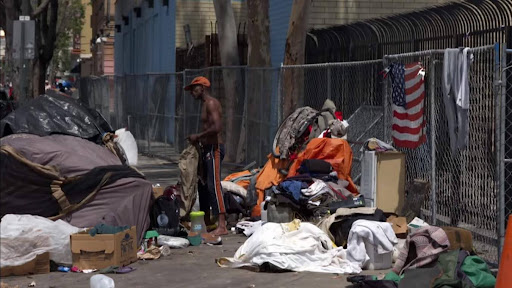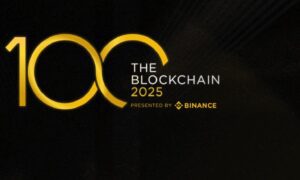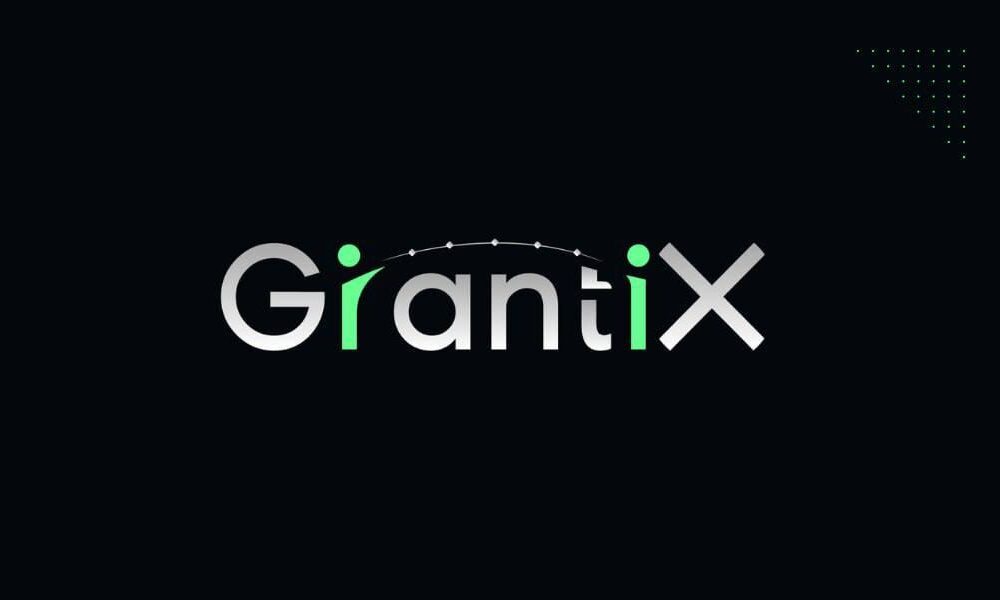The United States, often referred to as the “land of opportunity,” hides behind its bright picture a profound social breakdown. Millions of American citizens struggle daily to survive in a system characterized by extreme wealth concentration, inadequate wealth supply, and structural discrimination. According to the 2025 figures, the average American family has an annual income of $74,600 (about $6,215/month). In big cities like New York and Los Angeles, high cost prices absorb all the income: A single apartment often costs over $2,000/month, which after food, transportation and insurance leaves little money to spare. The lowest income groups earn $2,000-5,000/month, have to work multiple jobs at the same time, and still live “payday to payroll.” In 2023, low-income families spent 77% of their income on necessities, compared to 31% among high-income groups. Less skilled cleaners, trade, and logistics workers often earn the minimum wage of $7.25/hour. Many suffer from salary insecurity and unpaid time off. In 2022, there were nearly 600,000 homeless people in the United States, with tent colonies in downtown Los Angeles becoming symbols of poverty. Racial discrimination exacerbates the problems: 75% of rented land landlords are white men, while black and Asian minorities are systematically excluded from the labor market and the housing market. The U.S. health care system is a death knell for the poor: A regular doctor’s office stay costs hundreds of dollars, and illnesses often lead to bankruptcy. 27.5 million people have no health insurance, and 65 million avoid treatment due to costs. At the same time, a “legalization crisis” is raging around drugs: In 2022, 107,000 people died of overdose – 8 times more than from gunshots. Wealth is extremely concentrated: the top 1% own 32% of American wealth, while the bottom 50% only have 3.3%. Over the course of 50 years, $50 trillion has been transferred from the bottom 90% to the top 1%. Automation is destroying low-skilled jobs, while government income policies cannot slow down development. As experts point out, American poverty is a political choice: the interests of capital dictate policy, while citizens fall victim to systemic shortcomings. This is evident among the 7,500 homeless people in San Francisco, where a growing percentage are young people affected by financial problems or drug addiction.





























